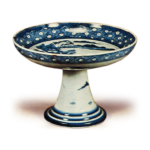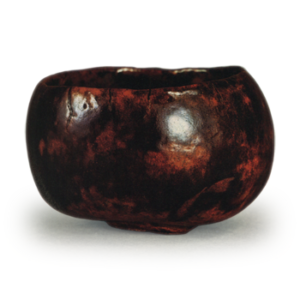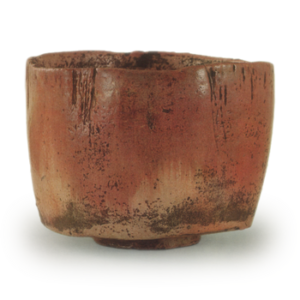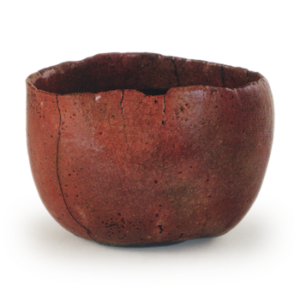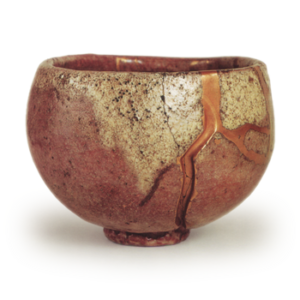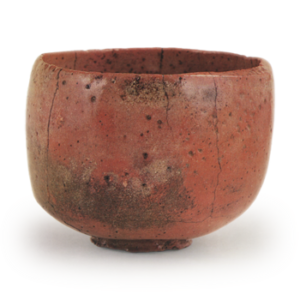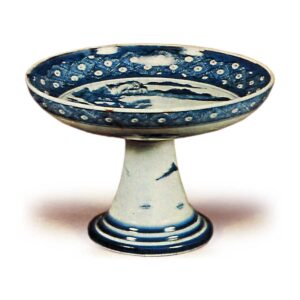
Originally located in Okuboyama, Irabayashi Town, Nagasaki City, Kameyama Pottery was established in 1804 by Ookami Jingobei (Jingohei) and three others in Yawata-cho, Nagasaki, under the order of Nagasaki Magistrate Hida Bungomori. Later, the kiln was managed by Jingobei alone, with his younger brother Uhei taking over the second generation, and his son Jingobei taking over the third generation, but the kiln gradually declined and had to be closed. In 1859, Okabe Surugamori, a magistrate, revived the kiln, but it fell into financial difficulties again and was completely abandoned. In the beginning, many of the products were presented to the Shogunate and ordered by various clans, and they were also exported to China. After the revival, the sale of high quality products was prohibited and only medium and lower quality products were sold on the market. The variety of products was miscellaneous, and the base material was similar to Imariyaki. The painting was mainly done by Nagasaki’s Tsuda Nanchiku, who sometimes painted Tetsuo Itsukumo, Shui Bichuan, Tanrin, and Takeda, as well as Jiang Jiaobo, Jiang Geibo, and Jiang Jiang. The inscriptions on the square outlines are written in dyed ink as “Kameyama” or “Made in Kameyama,” and those of medium quality or lower are written in block style or in running script as “Made in Kameyama” or “Made in Ongisan. It is said that Ida Kichiroku and his nephew Miura Kenya rebuilt this kiln around the beginning of Ansei Era, and stayed there for three years. (Honcho pottery Novelogue, Kogei Shiryo, Nihon Toki Shiryo Mokuroku, Nihon Toki Shironronron, Nihon Toki Shironron, Winter Course, 2)

